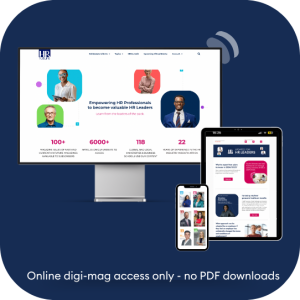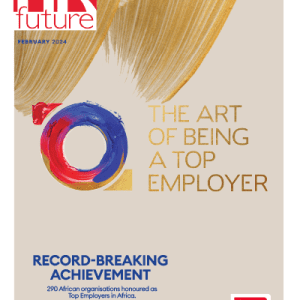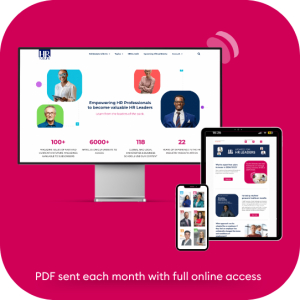Emails remain one of the most widely used communication tools in professional environments, yet many messages never get read. For HR teams trying to engage staff or communicate policy changes, unread emails can create confusion, missed deadlines, and disengagement. Understanding why this happens can help leaders improve internal communication and strengthen team alignment.
The Overload Problem
Employees are inundated with digital communication every day. Between promotional emails, system notifications, and project updates, inboxes fill up quickly. Messages that lack a clear subject line or are sent too frequently tend to be skipped or deleted without a second glance. HR messages that compete with multiple sources of information can easily get buried unless they stand out with immediate relevance.
Timing and Frequency Matter
The time and day an email is sent play a significant role in its likelihood of being read. Emails sent late on a Friday or during lunch hours are often ignored or forgotten. Similarly, a constant stream of emails from HR may lead to message fatigue. If employees expect frequent updates that require little action, they may start to ignore even the important ones.
Lack of Personalization and Relevance
Emails that appear generic or are sent to large distribution lists without context tend to be dismissed. If the content does not clearly apply to the recipient or is worded in a way that feels impersonal, it is likely to be ignored. Including relevant information based on an employee’s role, department, or location can significantly increase engagement.
Design and Format Issues
A poorly formatted email can make readers lose interest quickly. Large blocks of text, no clear call to action, and lack of visual organization all contribute to disengagement. Readers are more likely to skim or delete an email if it feels difficult to digest. Breaking up text with headers or using white space can improve readability and help key points stand out.
Alternatives Worth Considering
While email remains an important tool, relying on it as the sole method of communication can limit effectiveness. Many HR departments are now supplementing their outreach with tools like an employee text messaging system. This approach allows for timely, targeted updates that meet staff where they are, especially for announcements that require quick attention or confirmation. It also reflects the shift in communication preferences across industries, as more workers favor mobile-friendly messages over traditional email formats.
Improving Open Rates Starts with Strategy
Rethinking how and when HR emails are sent can significantly improve open and response rates. Evaluate whether your current approach serves the needs of your workforce or simply adds to their digital clutter. A successful communication strategy considers content, delivery method, timing, and how the message supports employee engagement.
Addressing the common reasons emails go unread is not just a matter of style or preference. It directly impacts how well teams function and how informed employees feel. With a more thoughtful and streamlined approach, HR can boost internal communication and reduce the likelihood of missed information. For more information, look over the infographic below.

















































































